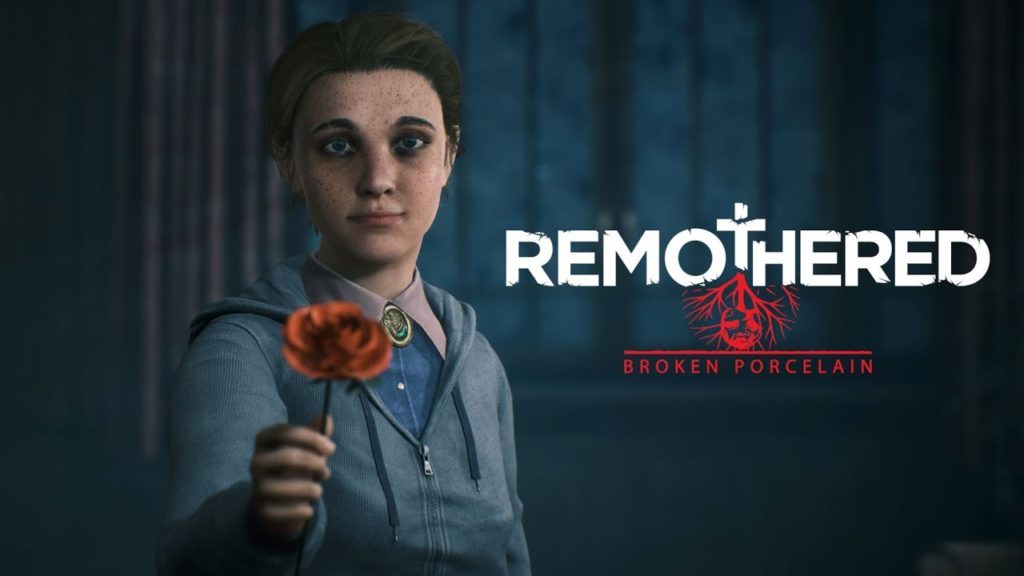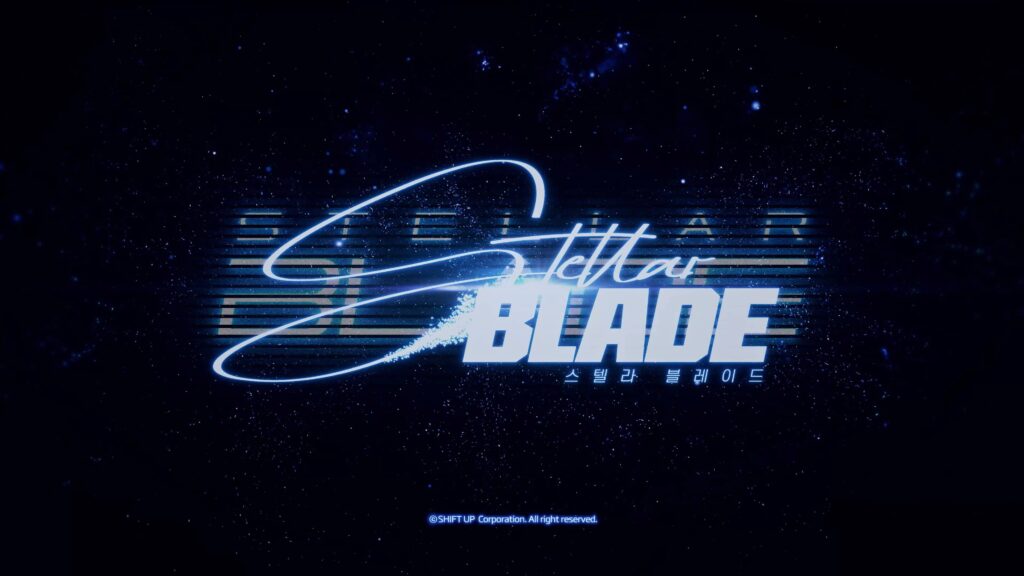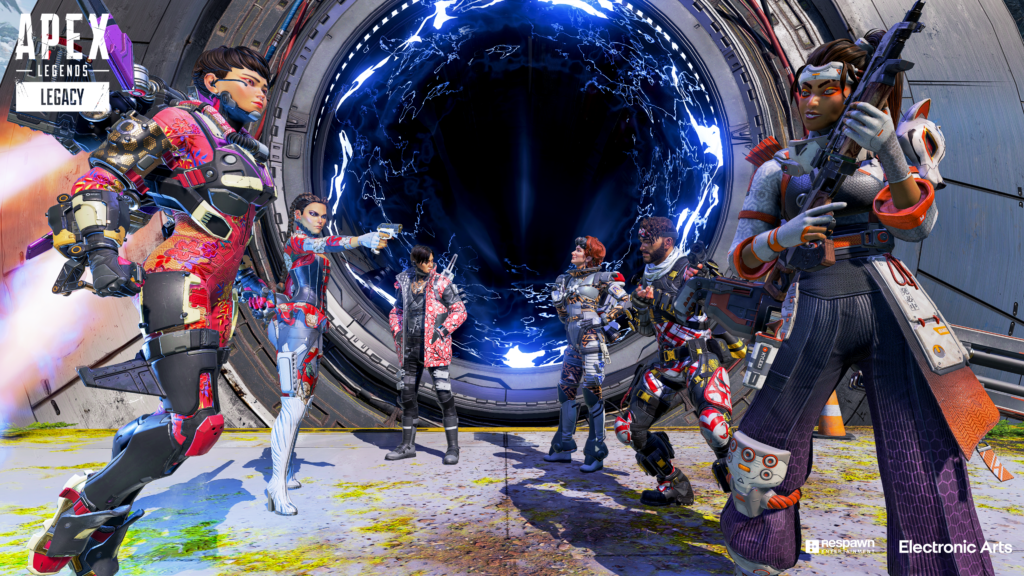We were fortunate to be among the first to get a hands-on preview for Remothered: Broken Porcelain. This is a sequel to the award-winning survival horror 2018 video game Remothered: Tormented Fathers. Developed by Italian studio Stormind Games, together with game artist/director, Chris Darril, they intended that this game be perfect for both newcomers and returning fans to the series. Let’s dissect this game through its Key Features as presented by the press release.
The preview build is meant to introduce you to the world of Remothered. So before the game starts, there is an option to read 10-12 paragraphs worth of recap on the previous story. Unfortunately, I was expecting a video, or cut scenes from Remothered: Tormented Fathers. If you haven’t played the game, the quick recap will leave you a few unanswered questions such as who’s Prof. Wyman, and what’s the significance for him/her to be mentioned at the end of the recap? But that’s not what we will get from the final build as the developers are set to have a short video to summarize the events of the first Remothered.
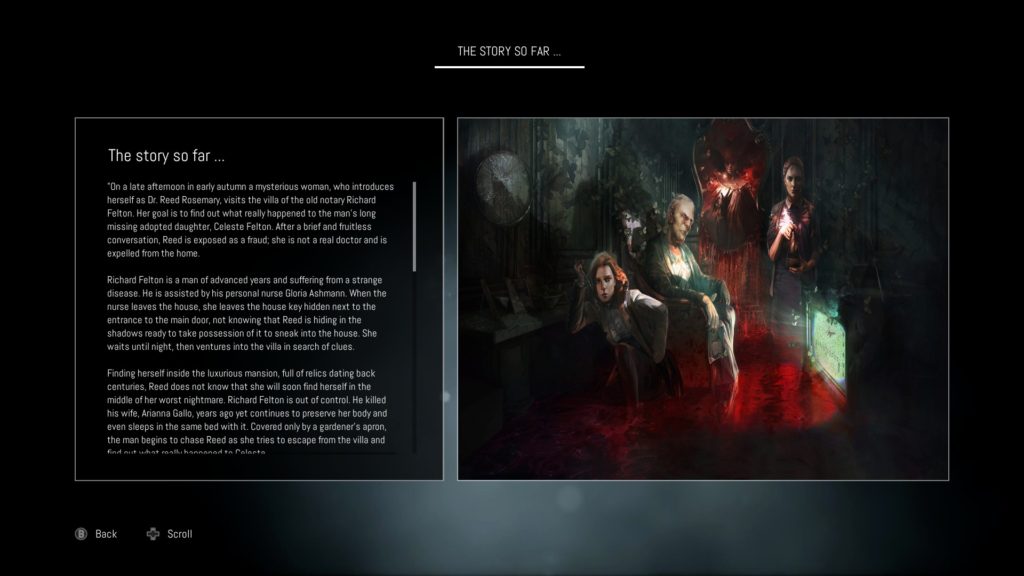
The metronome on the loading screen will make you understand that this is one of those psychological horror games. Remothered: Broken Porcelain is a psychological horror paired off with other sub-genres of horror. The psychological aspect is the delving into the psyche of the characters and their motives, plus the demo starts off with a 70’s cartoon commercial about an anti-depressant drug called Phenoxyl, reminding me of Fallout 4’s S.P.E.C.I.A.L. Infomercial but colored. The paranormal aspect would be the seemingly supernatural occurrences, and it was found out that later in the game the player would be able to unlock the ability to move objects and electrical mechanisms at a distance by mental power or other nonphysical means through psychokinesis over moths just like the Red Nun in the previous game.
There are elements that go into making a bad sequel. Often times, it’s because the sequel tries to do too much or too little, either throwing a ton of the story and characters or not enough for us to make any kind of connection. There are some things we expect to see in a sequel, usually involving past characters or similar themes and moods. However, people want the story to continue, not be retold to them. A lot of people want to see a character or a story they’ve grown attached to evolve. The reason for this is, because they see something of themselves in the character, and they don’t want to just see themselves doing the same thing over and over.
In the demo you’ll be playing as Jennifer, a troublesome underaged housekeeper for the The Ashmann Inn. After a tense confrontation with Linn, a person of interest, she suddenly disappears. In your quest to find her, your lurking will have triggered a series of events that puts you to the test as you navigate the dangers and discover new areas of the Inn. You’ll find yourself caught in a deadly game of hide and seek and your goal is to sneak back and forth trying to find items to help you advance in the game while avoiding stalkers such as Andrea, the mean old lady housekeeper who stalks Jennifer with a pair of scissors.
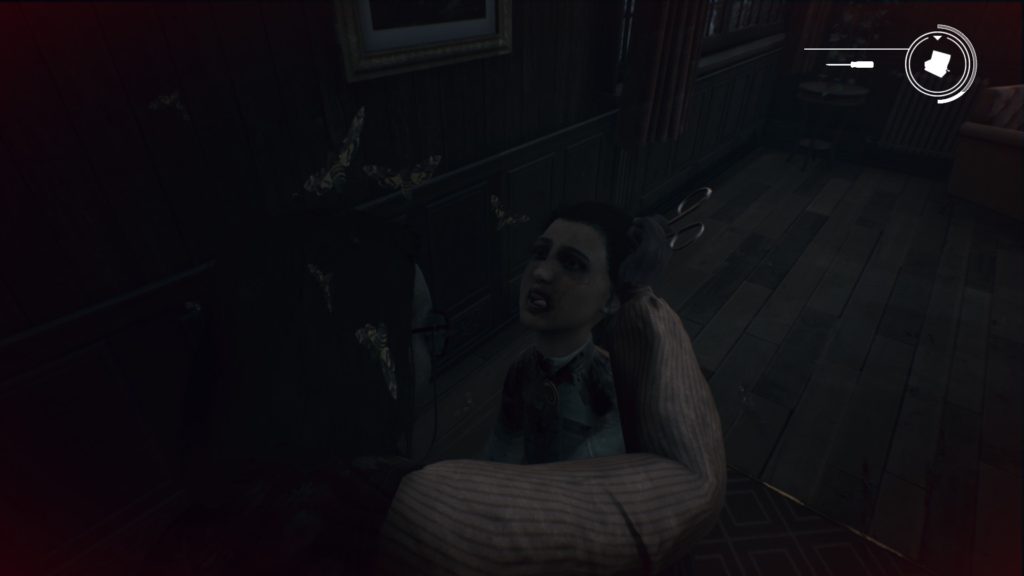
The game does not allow you to attack stalkers, so one wrong move or noise is a frantic dash to the nearest closet or trunk. Stamina is severely depleted when you run but you can use special items to create diversions (oh, so that’s what you need so many knives for). But aside from the defense mechanics and the thrill of a good chase, the feeling eventually dumbs down as soon as you are safely hidden unspotted. Unlike the first game where, in order for you to stay still, you have to make sure that your reticule doesn’t go outside the circle or you’re busted. I could’ve sworn that this happened once, when I hid in a closet after accidentally shouting something out loud “I’m here!”(wrong button), and in panic I wasn’t too sure if it was my character who screamed profanities afterward or myself.
The game is best played using a controller. I tried both keyboard and mouse but decided on a controller after finding myself stumbling a couple of times, suffering a terrible and gruesome death as Andrea jams a sharp pair of scissors directly into Jennifer’s brain. Controls are clunky, sometimes you’re just not opening the “right” drawer. I have also encountered bugs like standing on a tight corner where Porcelain was just standing in front of me but wasn’t doing anything at all, like I was invisible.
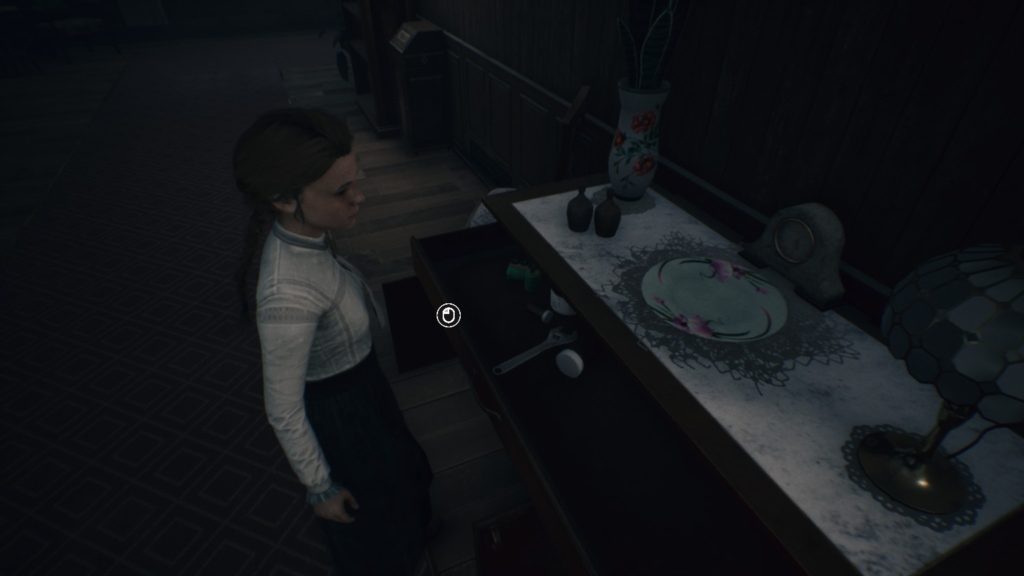
The game promises challenging puzzles. The demo was estimated to last for 2 hours, but I probably took longer, especially the rotary telephone – that took me a few excruciating minutes to figure through trial and error (not to mention the number of seconds before the dial wheel returns to its home position).
This preview build was played on PC. The graphics are way more advanced and improved than its predecessor, it’s like Rosemary Reed had a Botox and a facelift. In a series first, this game features fully animated real-time cinematics which I think could still use more optimization, because transitions in between cut-scenes are still very noticeable (why does Jennifer’s hair flip every time?) plus the inconsistent volumes between dialogues.
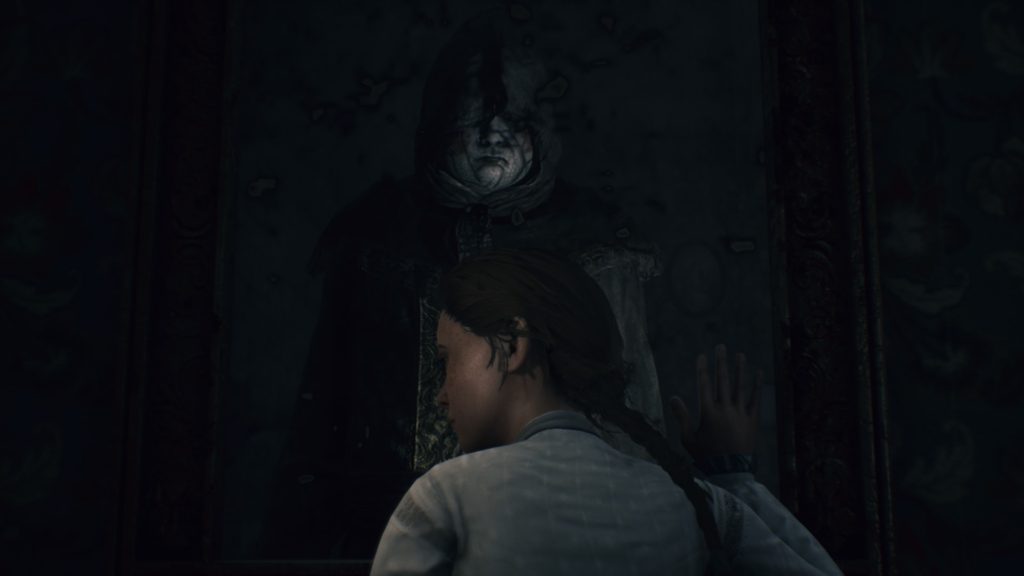
The best part about this game is the music and sound effects by the same composer from Remothered: Tormented Fathers, Luca Balboni. Music and horror have forged an unholy alliance in this game and the creepy, unnerving chord just struck me. My increased heart rate cannot be constrained by that single instrument, yet a ukulele together with faint whistling is perfect for doing this, sinister like the legend of El Silbón. At its best, this game’s music is as gripping as its scariest visuals.
At this point, Remothered: Broken Porcelain has left me more curious than afraid. But I am looking forward to the polished and more optimized final release copy of the game, and I can’t wait to find out how the story will unravel.



